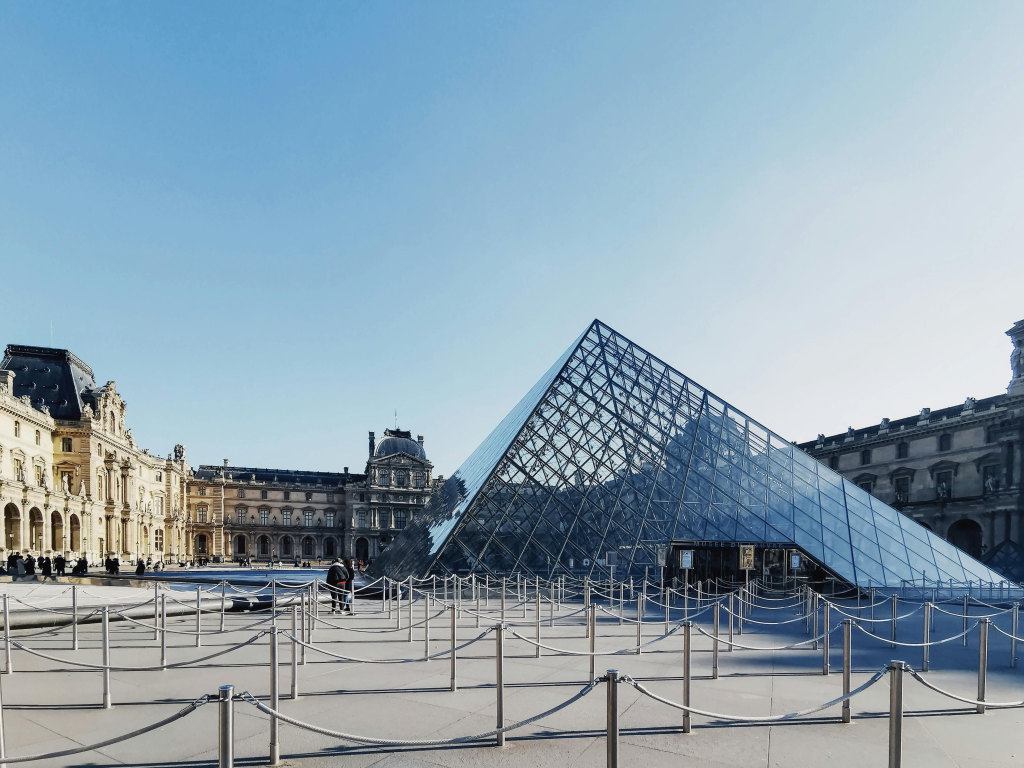
They were gone from there in seven minutes, but their legacy will be felt for decades. On a peaceful Sunday morning, four thieves scaled the walls of the Louvre’s Apollo Gallery on the back of a truck-mounted crane, broke two display cases, and stole nine items from France’s crown treasure worth an estimated $102 million. The break-in was so specific that French Culture Minister Rachida Dati announced, “They knew precisely where they were headed. It appears to be something very coordinated and very professional.”

1. The Targeted Treasures
The stolen artifacts weren’t valuable in monetary terms—priceless symbols of French heritage. These comprised Queen Hortense’s and Queen Marie-Amelie’s pearl and diamond tiara, an emerald set and earrings that were given to Empress Marie-Louise by Napoleon, and a collection of sapphires that comprised royal family lineage history. The thieves abandoned Empress Eugénie’s crown, battered and abandoned, and tools and a walkie-talkie. Officialdom informs us that these single items are too difficult to sell individually, so they will likely be dismantled, melted down, or recut within days.
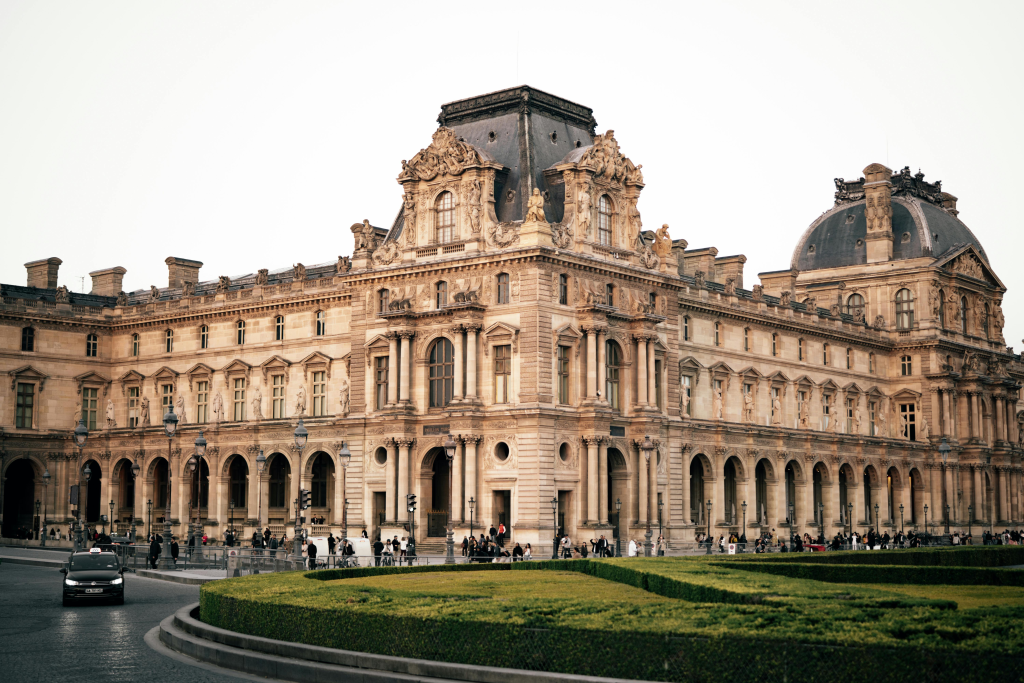
2. A Pattern of Organized Museum Crimes
The authorities immediately linked the Louvre heist to other recent cultural thefts, including the stolen $1.7 million in gold nuggets at Paris’ Natural History Museum earlier this month. There, an offender smashed display cases with angle grinders and a blowtorch, the same method the thieves used in the Louvre. Both cases are being treated as organized crimes, with the potential of an organized gang of thieves targeting cultural institutions.
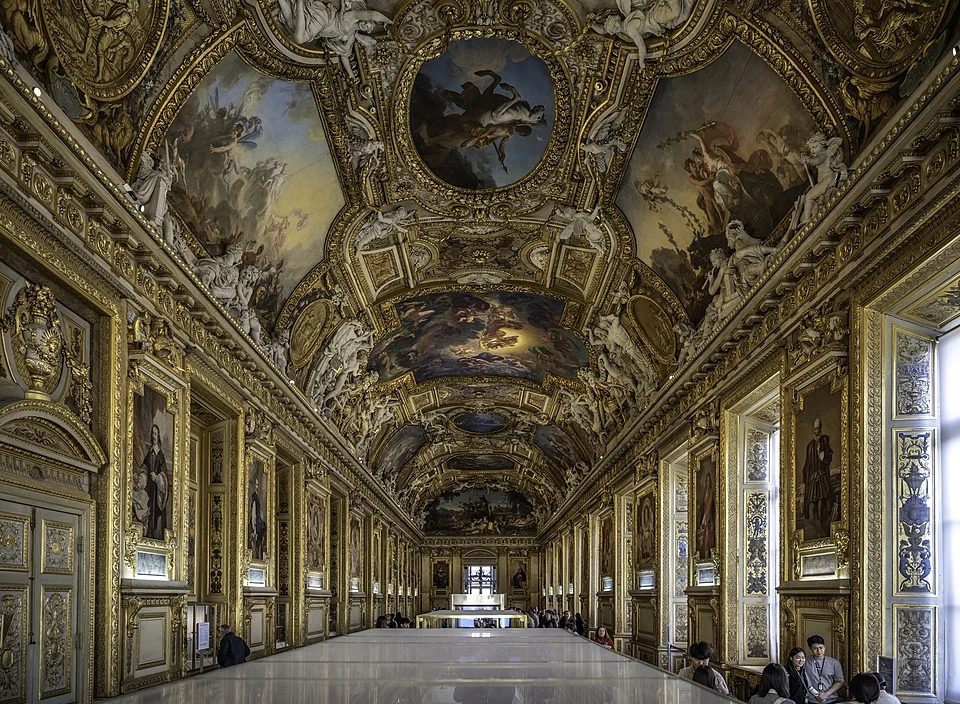
3. Security Failings Exposed
A leaked official government memo had condemned the security in the Louvre as “out of date and insufficient,” with 75 percent of rooms in the Richelieu Wing providing no CCTV protection and a third of rooms in the Denon Wing, which includes the Apollo Gallery, being unwatched by cameras. The Cour des Comptes report went on to identify continued delays in upgrading defense equipment from 2019-2024. Alarms at the Apollo Gallery did sound, yet the speed and accuracy of the burglars outpaced staff procedure.
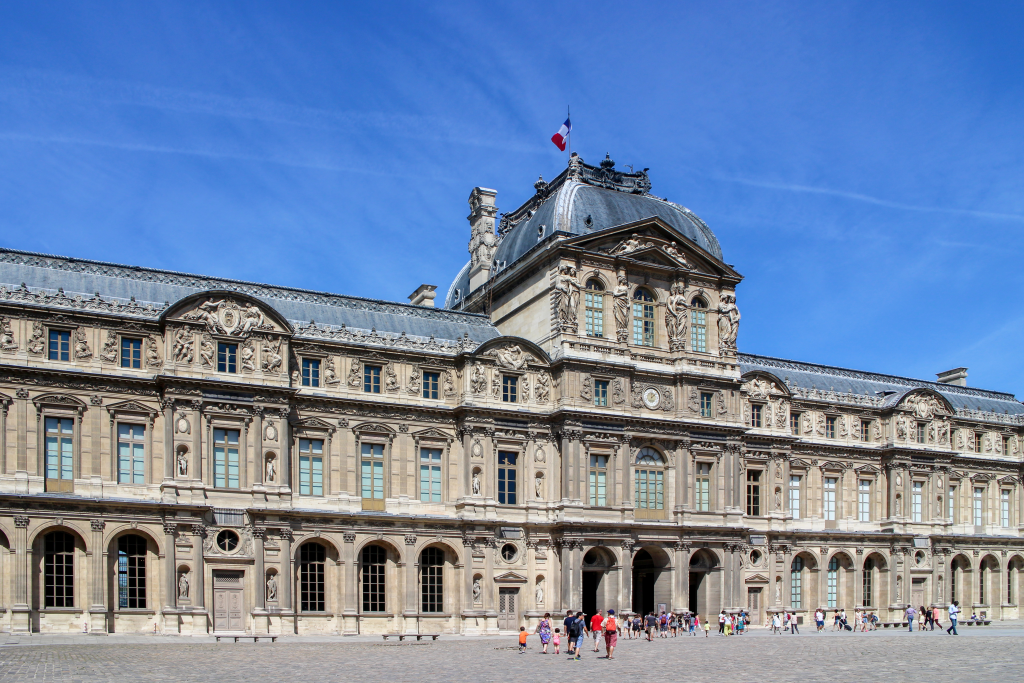
4. The Challenge of Defending Historic Buildings
Dati underscored that “our buildings are historic monuments it is more complicated to protect them.” Conservation law tends to limit intrusive security gear, with resulting blind spots open to exploitation by criminals. The Louvre’s planned €700–€800 million reconstruction in the New Renaissance project has rendered it more secure, but critics are critical of having moved too slowly to address the growing threat.
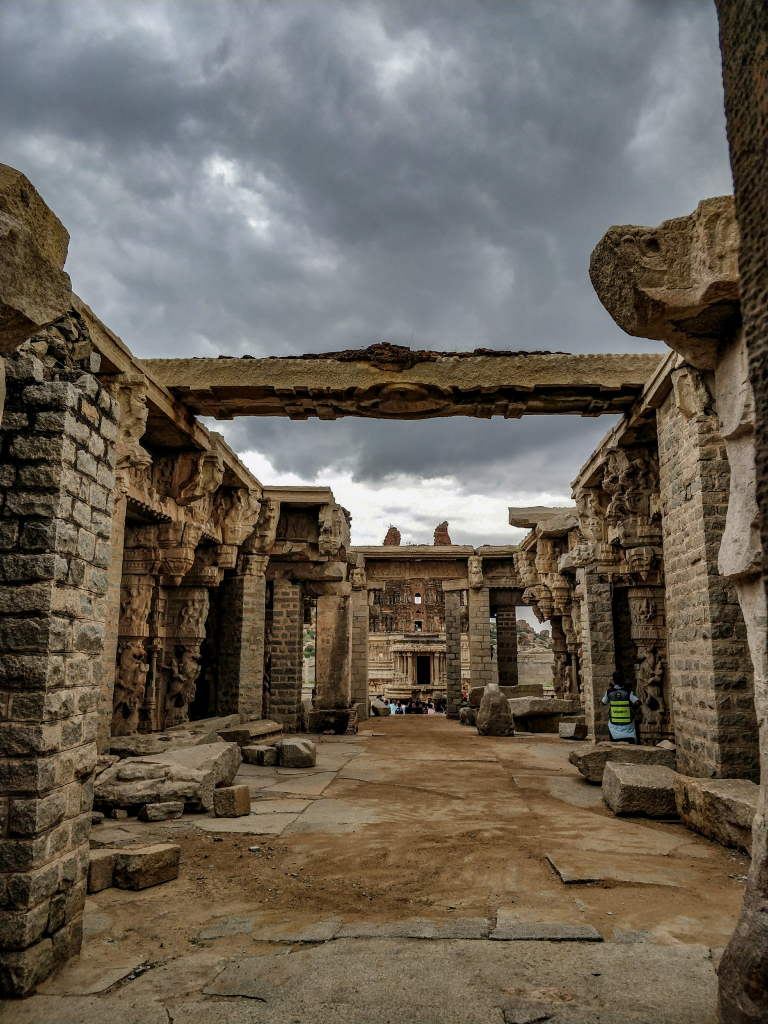
5. Global Lessons in Cultural Heritage Protection
The Louvre theft highlights the extent to which organized crime evolves in order to target world heritage. The Pink Panthers and other criminal groups have demonstrated that expensive paintings and gems can be targeted with precision military method and pulled across international frontiers within hours. The attempts of Interpol to trace such networks indicate the necessity for international cooperation in prevention and recovery.
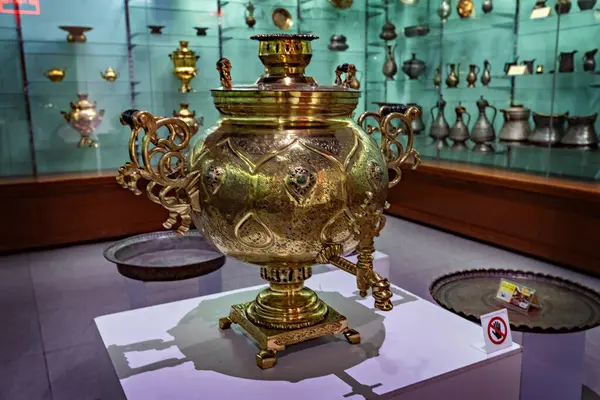
6. Technological Innovations for Prevention
New technologies like SmartWater’s forensic liquid marking are highly promising without compromising preservation. Used in Iraq museums, imperceptible, UV-readable liquid stamps objects with a distinct chemical mark, and the police can track pilfered items straight back to their rightful origins.A dust speck-sized drop can link an object with its institution, deterring theft and simple recovery.
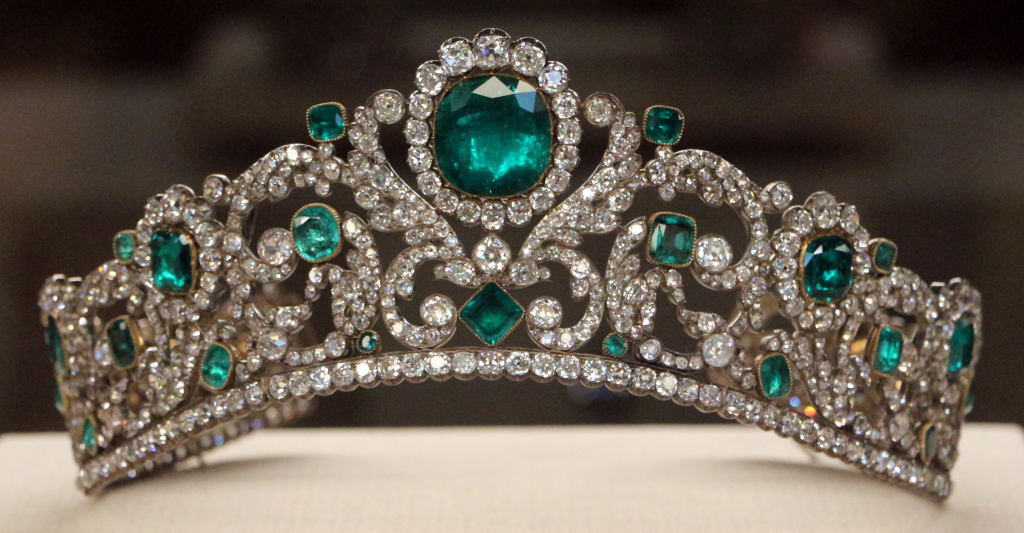
7. A Race Against Time
Art recovery experts say the detectives have only less than a week in which the stolen gems would be being cut into fragments beyond recognition. Art Recovery International’s Chris Marinello said, “They are not going to leave them in one piece… they are going to melt down the precious metal, recut the precious stones.” Such haste has triggered a national manhunt, President Emmanuel Macron vowing to “recover the works and bring the perpetrators to justice.”
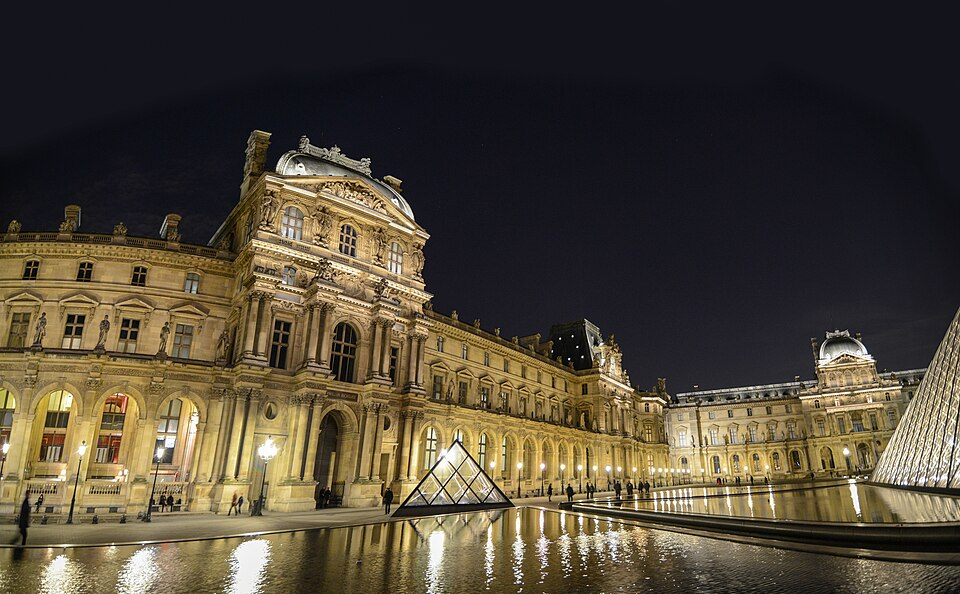
8. Demands for Systemic Reform
Museum staff trade unions are calling for increased personnel to operate surveillance, external audit, and plain transparency in security reinforcements. SUD Culture union has lamented reductions in security as undermining defenses, and the CFDT has called for a radical overhaul of prevention systems.
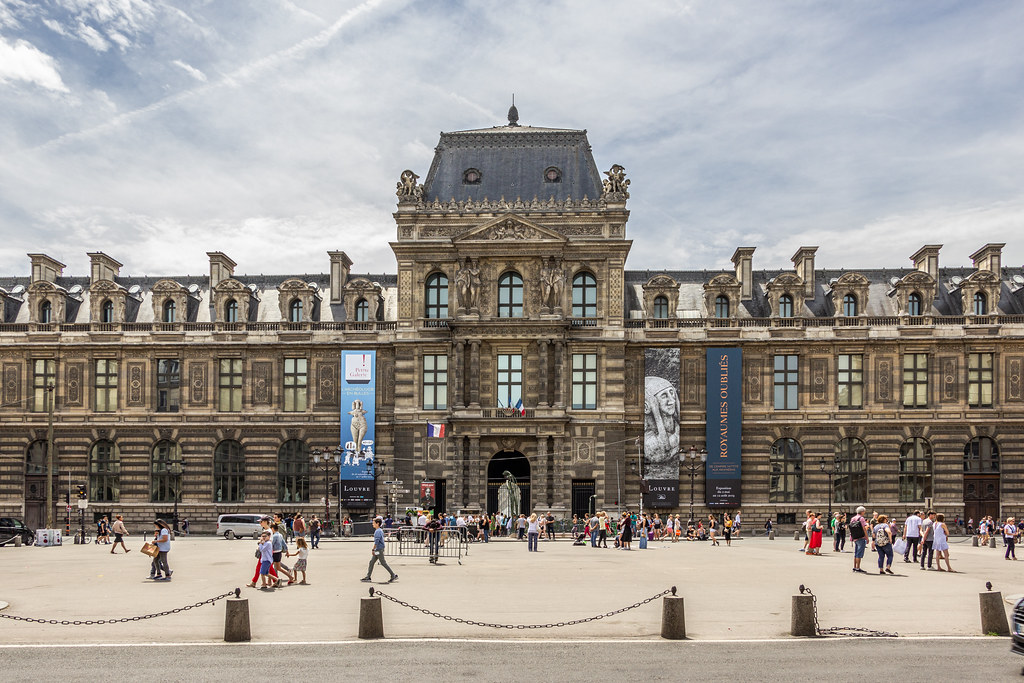
The Louvre remains closed down as authorities sift through evidence, including residual DNA trails. To France, this is more than a theft this is an “attack on a heritage that we love because it is our history,” according to Macron. The outcome of this investigation will decide the future not only of the stolen gems but of cultural heritage protection worldwide.


